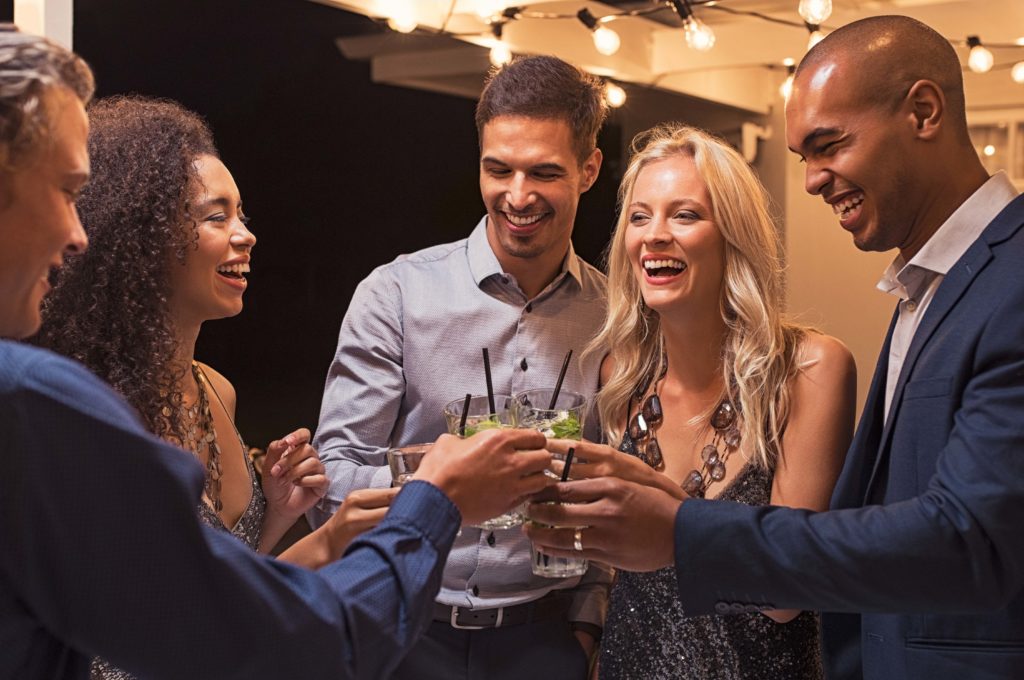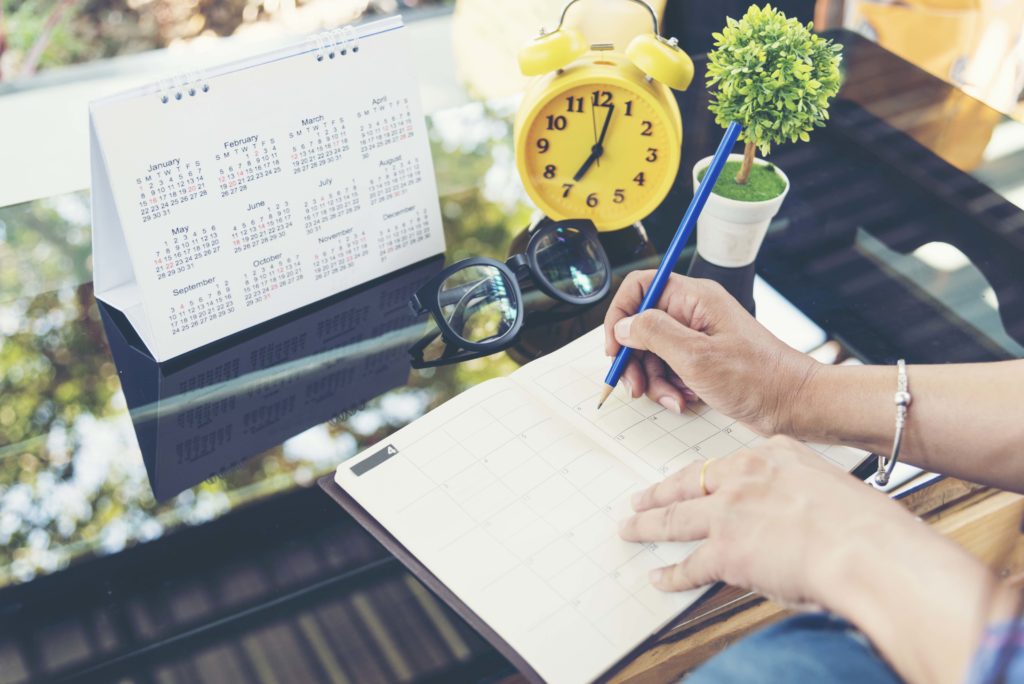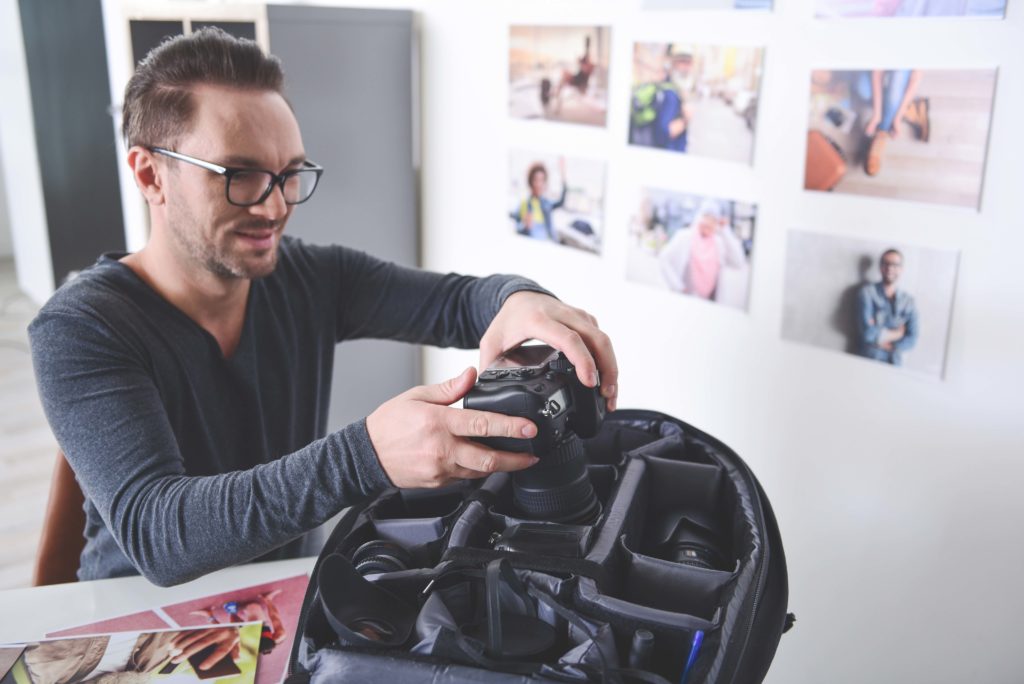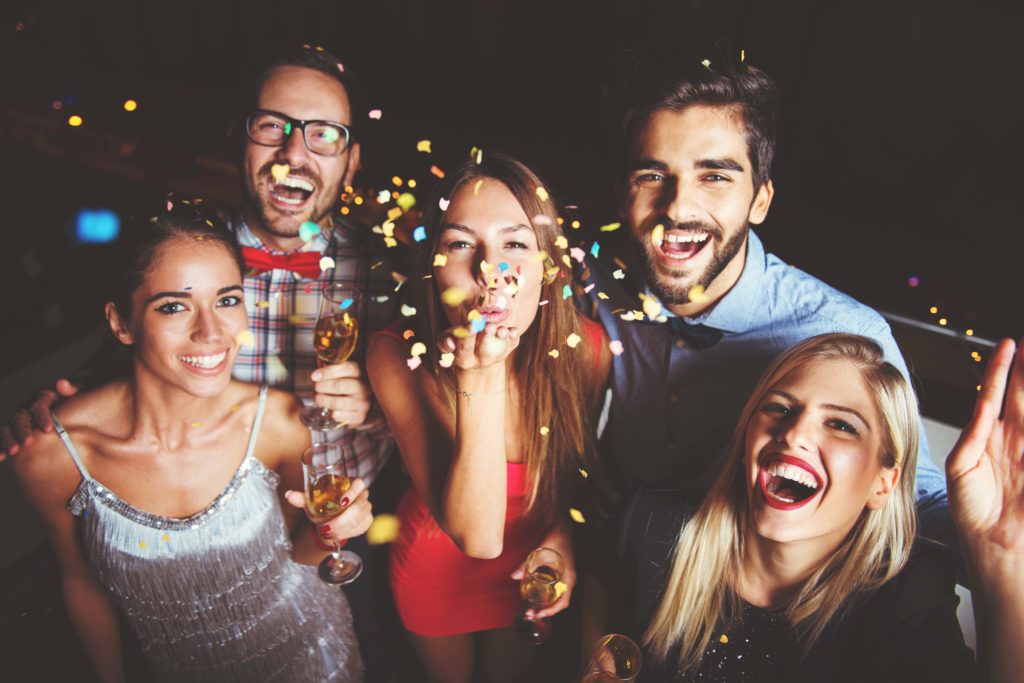
Are you exploring options to expand your photography services? You should definitely consider event photography. It offers a diverse array of opportunities and a steady stream of work.
6 Steps for Getting Started in Event Photography
- Practice Shooting at Local Events
- Establish Your Pricing
- Create Standard Contacts
- Bring the Right Equipment
- Plan for Candid and Action Shots
- Batch Edit Your Event Photos in Lightroom
Successful event photography requires a specific skill set, but once you know the basics, there are many avenues to explore. You can pursue corporate event photography or special event photography—such as celebrations and award ceremonies. Also, event photographers shoot images for athletic competitions, local festivals, parades, charitable events—and so many more occasions.
Becoming an event photographer requires you to be flexible so that you can adapt to varied situations. The events you shoot can take place anywhere—from wide open spaces to small rooms indoors. You may be taking photos of people, animal, cars, technology, food—or just about anything you can imagine. Preparation and practice are key to success in event photography.
1. Practice Shooting at Local Events
Before you present yourself as a professional expert in event photography, you’ll want to gain some experience. Even if you have strong skills in another area—such as shooting family portraits—you will need to learn the nuances of taking event photos.
One of the best ways to gain experience is by volunteering at local events. Try offering your photography services to a local charitable organization that may not have the budget to hire professional photographers. Another alternative is to contact an established event photographer and offer to assist at an event. This will provide you with a great path to building professional expertise and credibility as an event photographer.
You can also bring a camera along to events you personally attend. Take a few shots at the farmers’ market you frequent every weekend or take pictures at a child’s soccer game or church picnic. Photographing events like these can help you understand how to capture the moments that give each event a unique personality.

2. Establish Your Pricing
What should I charge for event photography? This is a common question among photographers. The truth is that event photography pricing varies widely. Factors such as the size and location of the event play a big role. And your experience matters, too.
As a general rule, most well-established professionals charge rates per hour between $200 to $500. You may want to charge less at first—and grow your rates over time.
Remember that you’ll be responsible for investing your time, bringing the right cameras and lighting equipment, and documenting key moments of the event. You’ll also likely spend some time planning and preparing for the event in advance.
Plan on uploading event photos to a gallery for purchase by individual guests. This way, you can earn extra money from event attendees who want to have a memento of the experience. Consider charging a fee to let attendees license the photo for private use. You could also offer tiered print packages.
3. Create Standard Contracts
Before any event, you’ll want to have a signed contract with the event organizer. It’s a good idea to have a standard event photography contract template to present to every client.
Be sure your contract covers the following key elements:
Pre-Event Planning
You should have a designated point of contact on the client’s side who is responsible for guiding your work. This individual should also be available to you during the event to answer questions or resolve any concerns you may have.
Schedule at least one pre-event planning meeting. Use this session to finalize plans for shooting times and locations—and to gather a list of any photographs your client would like you to shoot. If clients want you to take images of specific people or specific groups of people, they should take responsibility for making that happen. They should point out or introduce you to specific individuals and help gather people for any specific group shots.

Reservation and Deposit
Most professional photographers require a 50% payment of the full estimated fee at the time of booking. This deposit guarantees that you will be present at the event. Typically, your client should pay the deposit when they sign the contract.
Shooting Time and Additional Time
You and the client should agree on a specific shooting start time. This may not always align with the start time of the event. If the event start is delayed, the shooting start time should remain the same. You should also agree on a specific number of hours of shooting time—and the rate for each hour.
Also, agree on the cost of any additional time that the client requires beyond the initial agreed-upon shooting time. That way, the client will compensate you if delays arise or the client finds a need for extra time beyond the original estimate.
Prints, Digital Images, and Copyrights
Specify how you plan to deliver final images to the client. Will you provide digital images on a CD or online photo gallery? Will you deliver prints?
Be sure to note in the event photography contract that you will retain copyright. The client should also have permission to publish and share the images.
Completion Schedule and Final Payment
Let the client know when you expect to deliver final copies of their images. You can typically estimate one to two weeks for delivery after the event.
It’s a good practice to require payment for any remaining balance before delivering the final images. This way, you can ensure you’ll get paid promptly for your event photography work.
Submit your final event photography invoice the day after the event. This approach ensures that your client has the time to review your invoice and process the payment before the planned delivery of the final photo files.
4. Bring the Right Equipment
Always make sure you know about the venue before the event. That way, you can be sure to bring the right event photography equipment with you to capture the perfect event photos.
If the venue is indoors, it’s likely that the lighting will be poor. Be sure to select cameras and lenses that perform well in low light. Many expert photographers recommend lenses with fast aperture speeds since they provide fast focusing and capture sharp images in low light environments. If you’re in a small venue, a zoom lens may not be necessary—but be sure to have one on hand for larger venues.
A flash can be helpful in event photography—but avoid using your camera’s built-in flash. Instead, use a flash that mounts to your camera or an off-camera flash. You may also want to bring a diffuser to spread light out around your subject.
At some events, the organizers may want you to push out some photos right away on social media. In these cases, bring along a wireless camera tether that links your camera to your phone. This lets you post photos to social media in real time.
Finally, remember to bring backups for all your gear in your camera bag. Be sure to bring extra batteries and memory cards. Professional photographers recommend having duplicates of all your key event photography equipment so that you are prepared for the unexpected.

5. Plan for Candid and Action Shots
Often, you will want to take shots of people in action to capture the mood and energy of the event. Even if your client tasks you with shooting certain people or groups, chances are you won’t have lengthy opportunities to pose your subjects. Attendees want to spend their time mingling and experiencing the event—not stepping away for a long photo shoot.
A good event photographer stays alert and ready to capture an interesting picture at any moment. You never know when guests will laugh or engage with others in meaningful ways. Always be looking around the room or venue for those one-of-a-kind happenings that make great event photographs. Experiment with various photography angles to bring the event to life.
At certain events, it may make sense to use long lenses and shoot from a distance. This setup can work especially well in corporate event photography, especially if action is taking place on a stage or small groups cluster in corners of a room.

6. Batch Edit Images in Lightroom
Any event can easily produce 1,500 to 2,000 photos—but not all of them are worth sharing with your client. Fortunately, you can use Lightroom to make quick work of culling and editing your event photos.
Start by importing all the event images into Lightroom. Go through each one individually—and use Lightroom’s star rating system to select the ones you want to keep. You likely want to choose some standout images that work well on their own, while keeping others that help tell the overall story of the event.
Now you can apply Lightroom presets to the photos you’ve chosen to keep. Many photographers use the same preset for all images from a specific event to give them a consistent look and feel. For example, if you worked at an evening event—such as a formal gala or a concert—try a preset from the Night Light Lightroom presets collection.
Enter the Exciting World of Event Photography
If you’re looking to take your photography in new directions, consider exploring event photography. Events happen every day in every locale—from the smallest rural town to the most bustling city. Event organizers rely on photographers to capture the memories and moments that make each event special.
You can practice taking photos at local events to build on your existing photography skills. This can also help you create an event photography portfolio to share with prospective clients. Once you’re ready to offer your services, you’ll need to set your event photography rates. Many photographers don’t know how much to charge for event photography at first—but you can aim to make between $200 to $500 per hour. It’s definitely a lucrative field.
You’ll also need to develop an event photography contract template to use with clients. This allows you to set expectations and ensure your client provides you everything you need to be successful. Remember that you will need to bring the right event photography equipment—and backup equipment to cover any unforeseen issues. If the event is inside, you’ll need to follow indoor photography lighting best practices to achieve the best results.
Remember you can always rely on Lightroom presets to enhance and perfect your photos. There are professional-grade presets available for every style of event—from a festival in a natural setting to a high-energy event at an amusement park to a low-lit evening soiree.
While many event photographers work on a freelance basis, you may be able to find event photography jobs with creative agencies. The best professional event photographers can land choice assignments at national awards ceremonies, prestigious fashion shows, or an exclusive corporate event. Visualize the future of your event photography career—and take the steps today to make that dream become a reality.
